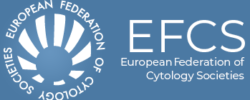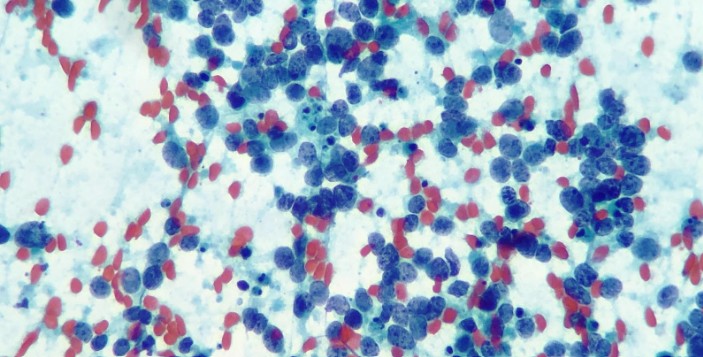Residents and Early Careerists Survey on Education and Training – Chance to win a registration to the 2026 ECC!
Dear Friends and Colleagues,
We would like to kindly ask you to dedicate your time to fill out this questionnaire on your experiences during cytopathology training and with molecular and digital pathology.
The survey should take between 10–17 minutes to complete.
This group project by the Young EFCS aims to create an international overview of cytopathology education. Our objective is:
- to explore the similarities and differences in training across various countries
- to highlight best practices
- identify areas for improvement
- and ultimately to compile our findings into a publication.
All joined for the greater cause makes everything possible!
And that’s not all! — if you are a resident, or you have less than 5 years of experience as a specialist and you provide an email address below, you’ll be entered into our raffle to win a free registration for the 2026 European Cytology Congress in Antwerp!
We hope you enjoy the survey and thank you for contributing to this important project.
Please share it with your resident and early-career specialist friends! Thank you for your cooperation and support!
Warm regards,
YEFCS Committee
Residents and Early-Career Specialists Committee,
European Federation of Cytology Societies



